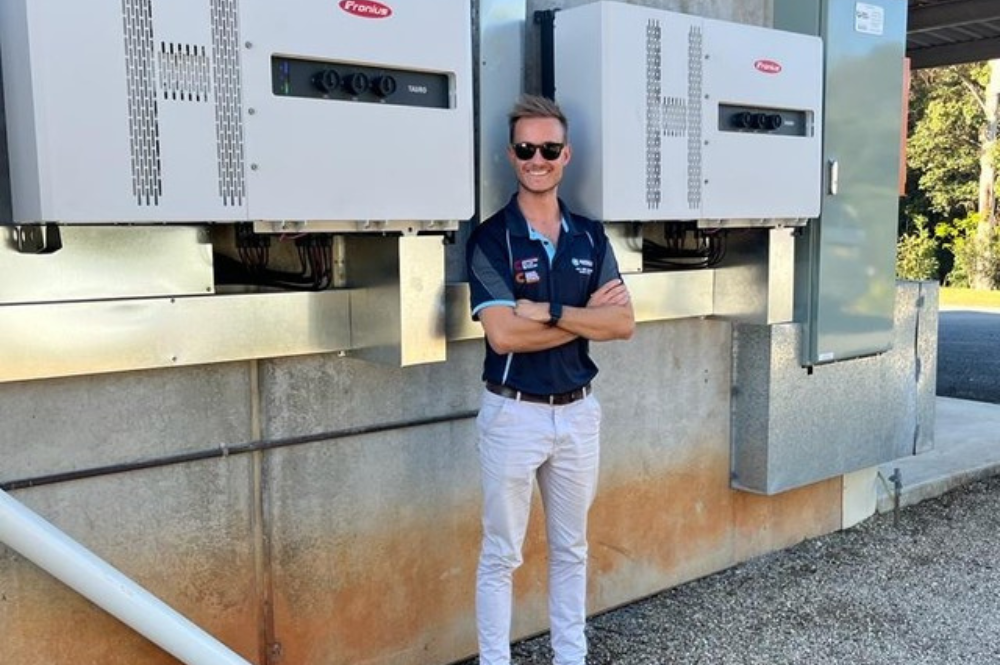We often marvel at shining solar panels on rooftops, but there’s a lesser-known and hidden hero in the solar system equation – the inverter. Discover the crucial role solar inverters play in turning sunlight into the electricity that powers your home or business, and explore the diverse types and sizes with us too.
What’s a solar inverter and do I need one?
What’s a solar inverter?
At the heart of every solar system lives the solar inverter, a component that converts the direct current (DC) generated by solar panels into the alternating current (AC) which is used to power homes and businesses. Essentially, the solar inverter acts as the bridge between photovoltaic (PV) cells and your electrical appliances. There simply couldn’t be a solar system without one.
How does a solar inverter work?
Using sophisticated electronics, a solar inverter acts as a translator. You see, appliances in your home or business run on AC, not DC. So the inverter translates the DC output that is collected by your solar panels.
In a more technical breakdown, solar panels, or photovoltaic cells, are exposed to sunlight, typically crafted from semiconductor layers of crystalline silicon or gallium arsenide. These layers, consisting of positive and negative elements connected by a junction, absorb sunlight when it strikes. As the semiconductor layers absorb light, they transfer the energy to the PV cell, initiating a process where electrons become dislodged, creating DC. When the energy reaches the inverter, it takes charge, guiding the energy through a transformer, which ultimately produces an AC output. The ingenious process involves the inverter skillfully manipulating the transformer to interpret the DC as AC. Achieving this involves the inverter guiding the DC through multiple transistors that rapidly switch on and off, emulating the characteristics of AC.
Common types of solar inverters
- String inverter: A string inverter is most commonly used for residential installations. A string inverter connects to a string of solar panels, which offers a reliable and cost-effective solution.
- Microinverter: Compact and efficient, microinverters optimise individual solar panels, ensuring maximum energy production, especially in shaded conditions.
- Battery inverter: When a battery is added to an existing solar system, a battery inverter is used. This converts battery power into AC, integrating with your switchboard.
What size solar inverter do I need?
Choosing the right size solar inverter is crucial to maximise your system’s performance. The answer might seem simple: Match the inverter’s rating in kilowatts (kW) with the solar panels’ output. However sometimes it can be beneficial to ‘oversize’ your inverter. Industry guidelines allow the inverter to be oversized by 33%. For example, a 5kW inverter can be oversized with 6.6kW worth of panels, allowing maximum power production. Different rules then apply for inverters which have DC coupled batteries. Rest assured, this isn’t a decision that you will need to make. We design your solar system (including your inverter) specifically for your requirements, to maximise your solar return for you.
Inverter insights are at your fingertips
Every solar inverter provides an insight into your system’s performance. Information such as hours of power production, current kW output, daily energy production, and total energy generated since installation can be accessed. If you’d like real-time insights, remote system monitoring is for you, and it’s available through your mobile devices! Get to know more about the power of system monitoring.
If you have any questions about inverters, don’t hesitate to reach out to us no 1300 4 SOLAR.


Leave A Comment